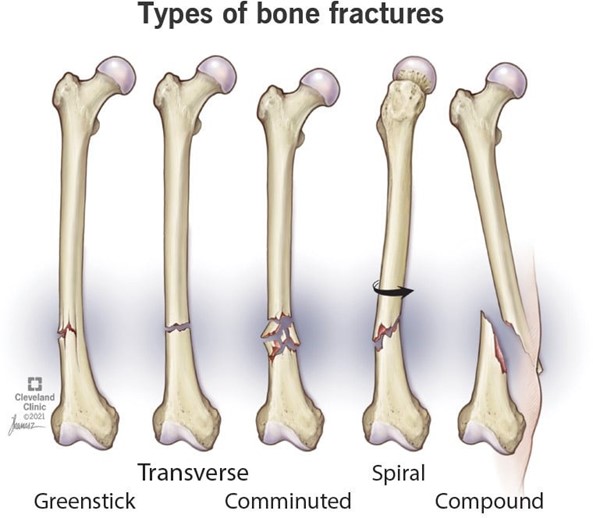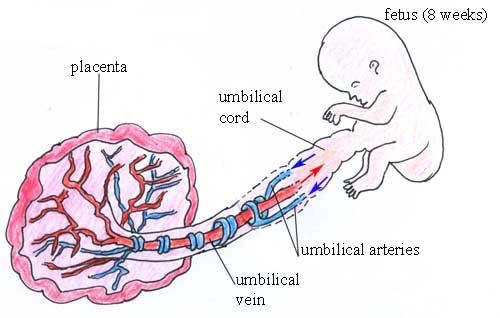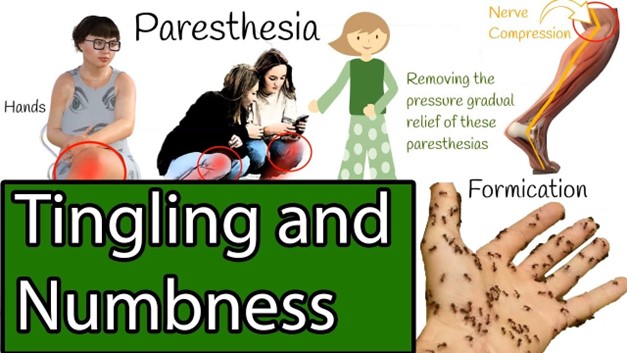The nurse is working with a group of caregivers of school-aged children discussing fractures. The nurse explains that a twist around the bone frequently associated with child abuse is what type of fracture?
Spiral.
Bowing.
Closed.
Greenstick.
The Correct Answer is A
“Spiral.” A spiral fracture is a type of fracture that is frequently associated with child abuse.

Choice B is incorrect because bowing fractures are not specifically associated with child abuse.
Choice C is incorrect because closed fractures are not specifically associated with child abuse.
Choice D is incorrect because greenstick fractures are not specifically associated with child abuse.
Nursing Test Bank
Naxlex Comprehensive Predictor Exams
Related Questions
Correct Answer is A
Explanation
The umbilical vein carries oxygen-rich blood to the fetus from the placenta.
The umbilical vein is an important part of fetal circulation and carries oxygenated blood from the placenta into the growing fetus.

Choice B is incorrect because the two umbilical arteries carry deoxygenated blood from the fetus to the placenta23.
Choice C is incorrect because there are not two umbilical veins, but only one12.
Choice D is incorrect because it is not the one umbilical artery that carries oxygen-rich blood to the fetus from the placenta, but rather the one umbilical vein14.
Correct Answer is C
Explanation
Paresthesia refers to an abnormal sensation of the skin, such as numbness, tingling, or burning.
When the nurse observes for diminished or absent sensation and numbness or tingling, they are monitoring for paresthesia.

Choice A is not correct because pain is not the symptom being monitored in this case.
Choice B is not correct because paralysis is not the symptom being monitored in this case.
Choice D is not correct because pallor refers to the paleness of the skin and is not the symptom being monitored in this case.
Whether you are a student looking to ace your exams or a practicing nurse seeking to enhance your expertise , our nursing education contents will empower you with the confidence and competence to make a difference in the lives of patients and become a respected leader in the healthcare field.
Visit Naxlex, invest in your future and unlock endless possibilities with our unparalleled nursing education contents today
Report Wrong Answer on the Current Question
Do you disagree with the answer? If yes, what is your expected answer? Explain.
Kindly be descriptive with the issue you are facing.
